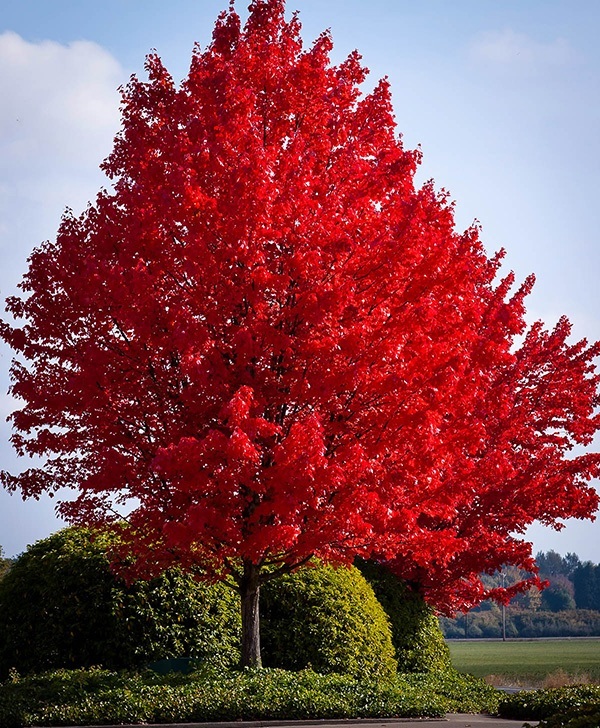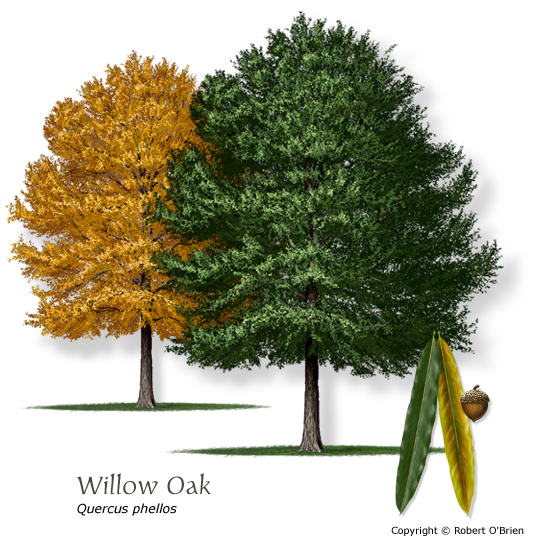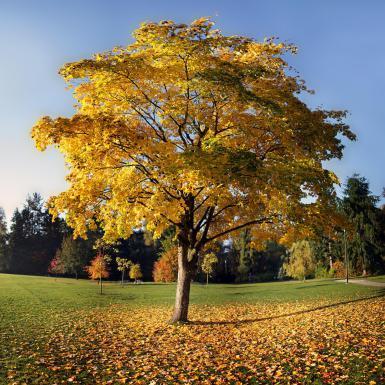Is your yard in need of a tree? Get on the list for 2018!
Through the subsidized BNA Tree Canopy Program, Belknap neighbors can request that a tree(s) be planted in their front, side yard, or easement for a fraction of the cost of buying one at a tree nursery.
Belknap Neighborhood Association created this program in 2013 as a way to replenish general tree loss in the neighborhood, to contribute to BNA’s beautification mission, and to help reduce the city’s urban heat island effect.
BNA subsidizes most of the cost by partnering with Frank Otte Nursery, MSD’s Urban Reforestation Program, and through profits from the Belknap Fall Festival. In the last 3 years, the BNA Tree Canopy Program has planted more than 200 trees in the our neighborhood, including oak, maple, tulip poplar, gingko, elm, buckeye, bald cypress, and black gum. Trees can be planted in easements with a permit from Louisville Metro for which our Tree Canopy Program representative, Jack Francis, will acquire for you.
Interested neighbors should fill out the web form below to get on the list for 2018. A site visit will be scheduled in the fall with each homeowner for siting and tree selection process and trees will be planted mid-November.

Red maple is one of the best named of all trees, featuring something red in each of the seasons—buds in winter, flowers in spring, leafstalks in summer, and brilliant foliage in autumn. This pageant of color, along with the red maple's relatively fast growth and tolerance to a wide range of soils, makes it a widely planted favorite.
It is a medium to large sized tree, reaching heights of 60 to 90 ft and exceptionally over 115 feet. The leaves are usually 3 1⁄2 to 4 1⁄4 in long on a full grown tree. The trunk diameter can range from 18 to 30 in, depending on the growing conditions. Its spread is about 40 ft. A 10-year-old sapling will stand about 20 ft tall. In forests, the bark will remain free of branches until some distance up the tree. Individuals grown in the open are shorter and thicker with a more rounded crown. Generally speaking, however, the crown is irregularly ovoid with ascending whip-like curved shoots. The bark is a pale grey and smooth when the individual is young. As the tree grows the bark becomes darker and cracks into slightly raised long plates.

Often referred to as a “handsome tree,” this member of the mighty oak family comes with a stand-out feature: willow-like leaves. The spear-shaped foliage appears in the spring with a light/bright green color, becomes dark green in the summer, and turns shades of yellow bronze-orange, yellow-brown and russet-red in the fall.
The willow oak is frequently planted along streets and in parks and golf courses because of its size, striking appearance, and relatively fast growth.
t is a medium-sized tree growing to 65–100 ft tall (exceptionally to 39 m, 128 ft), with a trunk up to 40–60 in diameter (exceptionally 6.6 ft). It is distinguished from most other oaks by its leaves, which are shaped like willow leaves, 2–4 3⁄4 in long and 3⁄8–1 in broad with an entire (untoothed and unlobed) margin; they are bright green above, paler beneath, usually hairless but sometimes downy beneath. The fruit is an acorn, 5⁄16–15⁄32 in long, and almost as wide as long, with a shallow cup; it is one of the most prolific producers of acorns, an important food tree for squirrels, birds, and other animals in the forest. The tree starts acorn production around 15 years of age, earlier than many oak species.

The sugar maple is one of America’s best-loved trees. In fact, more states have claimed it as their state tree than any other single species—for New York, West Virginia, Wisconsin and Vermont, the Maple Tree stands alone.
While commercially planted for its delicious syrup and value as lumber, this maple tree makes a great addition to any yard or park. And one of its most prominent features is amazing fall color. As the seasons change, the leaves turn vibrant shades of yellow, burnt orange and red.
Acer saccharum is a deciduous tree normally reaching heights of 80–115 ft, and exceptionally up to 148 ft. A 10-year-old tree is typically about 16 ft tall. When healthy, the sugar maple can live for over 400 years.

One can argue about whether the "tulips" are the outline of its leaves or its cup-shaped flowers. But both undoubtedly contributed to the fanciful name given to this tree by early settlers. And the tuliptree is still beloved for its beauty today, serving as the state tree of Kentucky, Indiana and Tennessee. It is the tallest of the eastern hardwoods—and a rapid grower when conditions are right.
If you’re looking for a stunning tree that grows quickly and doesn’t suffer from many pest problems, your search is over.
The tulip tree is one of the largest of the native trees of the eastern United States, known to reach the height of 190 ft, with a trunk 10 ft in diameter; its ordinary height is 70 to 100 ft. It prefers deep, rich, and rather moist soil; it is common, though not abundant, nor is it solitary. Its roots are fleshy. Growth is fairly rapid, and the typical form of its head is conical.
The bark is brown, and furrowed. The branchlets are smooth, and lustrous, initially reddish, maturing to dark gray, and finally brown. Aromatic and bitter. The wood is light yellow to brown, and the sapwood creamy white; light, soft, brittle, close, straight-grained.
Flowers: May. Perfect, solitary, terminal, greenish yellow, borne on stout peduncles, an inch and a half to two inches long, cup-shaped, erect, conspicuous. The bud is enclosed in a sheath of two triangular bracts which fall as the blossom opens.

The London planetree is a widely planted street tree, and for good reason. Its attributes were discovered in London where the new hybrid first appeared around 1645. The tree was found to thrive in the sooty air and provide wonderful shade. Its ability to withstand air pollution, drought and other adversities assures its popularity as an urban tree. Strong limbs also help make the London planetree a good choice where site conditions allow for its large size.
Beyond its reputation as a survivor, this tree is simply worth admiring. The unique bark and interesting branching give it amazing visual appeal—whether summer or winter.
The London planetree is a large deciduous tree growing 66–98 ft, exceptionally over 131 ft tall, with a trunk up to 10 ft or more in circumference. The bark is usually pale grey-green, smooth and exfoliating, or buff-brown and not exfoliating. The leaves are thick and stiff-textured, broad, palmately lobed, superficially maple-like, the leaf blade 4–8 in long and 5–10 in broad, with a petiole 1–4 in long. The young leaves in spring are coated with minute, fine, stiff hairs at first, but these wear off and by late summer the leaves are hairless or nearly so. The flowers are borne in one to three (most often two) dense spherical inflorescences on a pendulous stem, with male and female flowers on separate stems. The London Plane is one of the most efficient trees in removing small particulate pollutants in urban areas.

The northern red oak has been called “one of the handsomest, cleanest, and stateliest trees in North America” by naturalist Joseph S. Illick, and it is widely considered a national treasure. It is especially valued for its adaptability and usefulness, including its hardiness in urban settings. This medium to large tree is also known for its brilliant fall color, and great value to wildlife.
Whether you’re selecting a tree to plant in your front yard or out on the farm, it’s a fast-growing species worth keeping in mind.
In many forests, this deciduous tree grows straight and tall, to 92 ft, exceptionally to 141 ft tall, with a trunk of up to 20–39 in diameter. Open-grown trees do not get as tall, but can develop a stouter trunk, up to 6.6 ft in diameter. It has stout branches growing at right angles to the stem, forming a narrow round-topped head. It grows rapidly and is tolerant of many soils and varied situations, although it prefers the glacial drift and well-drained borders of streams. It is frequently a part of the canopy in an oak-heath forest.







